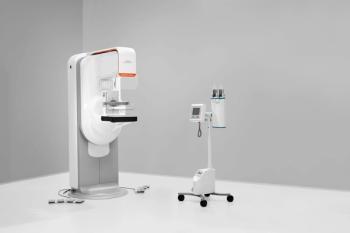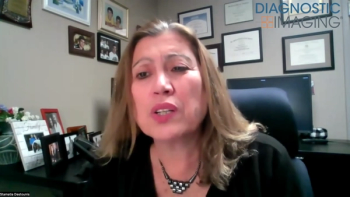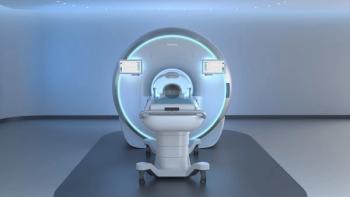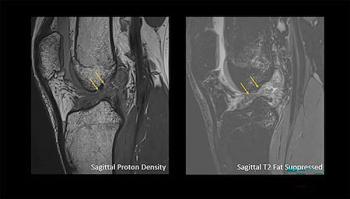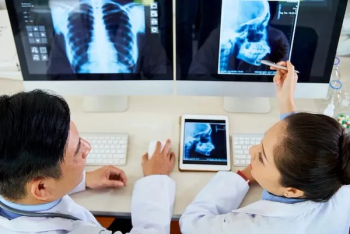
AI-Enabled Lung Assessment Tool for Handheld Ultrasound Gets FDA Nod
The artificial intelligence (AI) powered Auto B-line Counter, which reportedly produces a B-line count from a six-second ultrasound clip, may facilitate more expedient and consistent assessment of abnormal lung function.
The Food and Drug Administration (FDA) has granted 510(k) clearance for the Auto B-line Counter (Butterfly Network), a handheld ultrasound tool that may help accelerate assessment of suspected lung function abnormality in patients with conditions ranging from chronic obstructive pulmonary disease (COPD) to COVID-19.
In contrast to traditional manual processes for counting B-lines from lung ultrasound scans, the Auto B-line Counter utilizes deep learning technology that can
Incorporating an instant percent counting technique, Butterfly Network said the algorithm for the Auto B-line Counter accounts for discrete B-lines as well as confluent B-lines by the percentage of occupied rib space.
“Our AI-enabled Auto B-line Counter empowers providers to assess lung conditions faster and with more confidence and in turn will aid in earlier detection, diagnosis, and treatment of cardiovascular diseases, a leading cause of death globally, taking nearly 18 million lives each year,” noted Jonathan Rothberg, Ph.D., the founder and interim chief executive officer of Butterfly Network.
Newsletter
Stay at the forefront of radiology with the Diagnostic Imaging newsletter, delivering the latest news, clinical insights, and imaging advancements for today’s radiologists.

